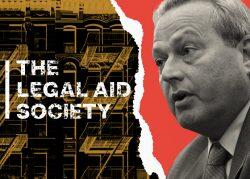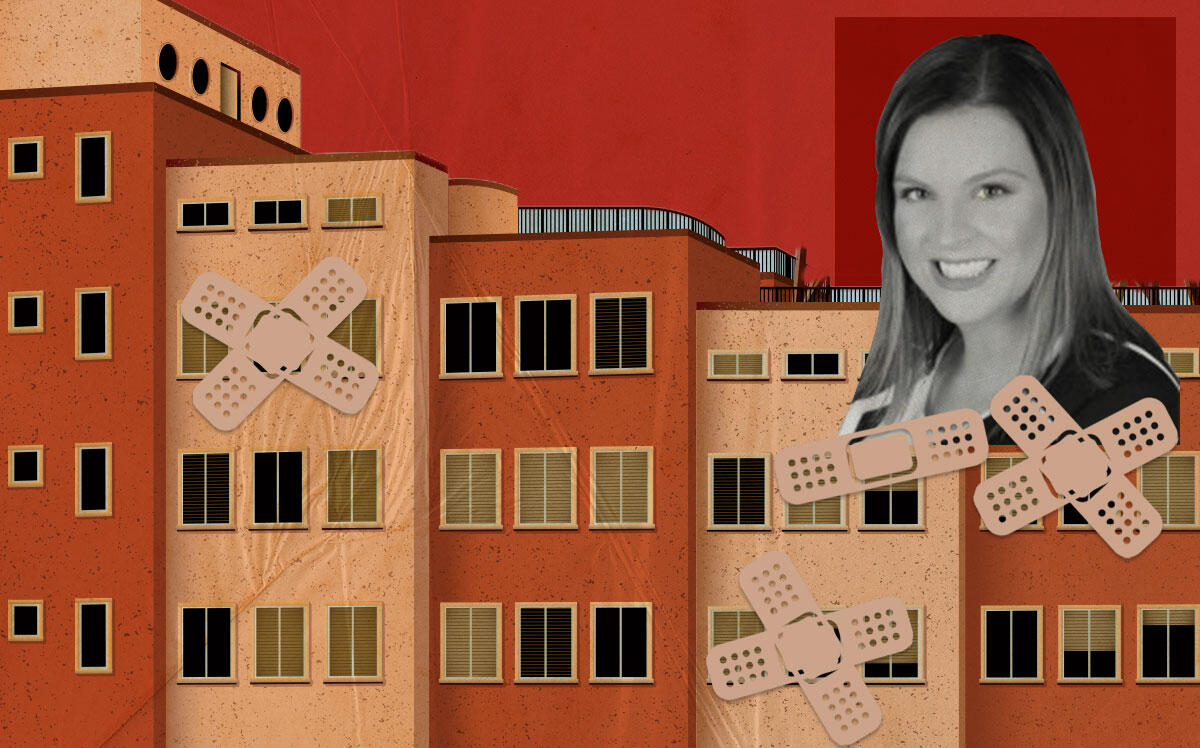For Schenectady landlord Romeo Budhoo, the end of the eviction moratorium this month should have been his shot at salvation.
Last May, Budhoo’s plight to collect rent from nonpaying tenants made the Washington Post, an example of the pain that the moratorium had wrought on small property owners. Insulated from the threat of eviction, Budhoo’s renters had stopped paying, some of them for a year despite having income or aid options.
Desperate, Budhoo had maxed out his credit cards and defaulted on his property taxes. And he doubted his uncooperative tenants would apply for the state’s rent aid program, which was later bogged down by glitches, delays and insufficient funding.
His fate, he thought, depended on New York state’s letting the eviction ban expire.
But in the nearly two weeks since it did, and housing courts began hearing eviction cases for pandemic nonpayment, Budhoo said “nothing has changed.”
The owner has tried to take his delinquent tenants to court — seven of his 17 units are behind on rent, he said — but the latest obstacle is the courts themselves. Budhoo said judges are advising tenants during court appearances to apply for ERAP, the aid program, which provides an immediate shield against eviction.
“So the landlords have to wait, again,” Budhoo said.
Kara Rafferty, president of the New York Capital Region Apartment Association, which represents multifamily owners, confirmed Budhoo’s assessment, as did the Office of Court Administration.
Read more


“If a tenant is unrepresented, we expect our judges to explore with the tenant all of the tenant’s options and choices,” said OCA spokesperson Lucian Chalfen, noting that judges statewide are taking that approach. “The ERAP application process is open and tenants have a right to apply, in anticipation of the receipt of additional funds.”
ERAP, however, is out of money and not guaranteed to get more. Still, tenants who apply are shielded from eviction while their application is pending.
“I have to wonder if the courts understand that the funding has been exhausted,” said Rafferty. “Certainly if the funding were there, we absolutely would want people to apply if they’re eligible. They deserve help. The problem is there are no funds right now.”
Not only are ERAP’s coffers empty, but the state has not promised they will be replenished. Gov. Kathy Hochul initially shuttered the portal in November, announcing the program had exhausted most of its funding. At the time, more than 100,000 applications were awaiting approval.
Tenant groups sued and in January, a judge ordered the state to reopen the portal on the expectation that more funding would come.
But if it does, it’s at least several months away. The program is federally funded and the U.S. Treasury awarded only $27 million to replenish New York’s relief pool; Hochul had asked for $1 billion. She has sent a follow-up letter to the Treasury, asking it to reallocate funds left over from other states by March 31.
State budget director Robert Mujica said last week that the governor’s budget proposal included $2 billion that could go toward ERAP, but could also go to “other coronavirus-related spending.”
The budget is due April 1, after which the state would need to obligate the funding to the Office of Temporary and Disability Assistance, which would then need to get the money to landlords.
Considering the agency’s track record, owners are skeptical that more funding will reach them quickly.
The governor’s office did not specify when fresh aid might go out. Jim Urso, deputy director of communications for the governor, instead highlighted Hochul’s aggressive approach to speeding rent aid dispersal when she took office in August and her attempts to secure more money from Washington.
Urso said the governor will “work closely with the legislature to determine the best way to use the $2 billion” in her budget plan for pandemic recovery.
As applicants flood the reopened portal, many owners are still awaiting approvals or payouts on applications they submitted last summer.
Budhoo said he has only received one ERAP payment; several of his applications are still pending. Rafferty said owners have found that the best way to secure payment is to follow up daily with OTDA. For many, that has turned into a part-time job.
In the interim, some tenants move out, which allows landlords to re-rent the unit but could sabotage pending aid applications. Budhoo said one of his tenants who applied for ERAP dropped off the keys before her application had been processed. Budhoo may never get back the $1,300 she owes if her application is not approved. Budhoo says his tenants collectively owe him about $75,000.
For Rafferty, the combination of the program’s wait time and its instant eviction shield is deeply problematic. Applicants’ eviction protection lifts only if their aid request is denied.
“If we were to wave a magic wand, there would be additional funding for ERAP and the applications would at least be reviewed to determine eligibility before putting them in the queue,” Rafferty said.
Across the state, owners agree that ERAP’s protections feel like an extension of the eviction moratorium. The Rent Stabilization Association declared the reopened portal the “equivalent of a one-year eviction moratorium.” And NYCRAA is hosting an event this Thursday entitled, “Is The Eviction Moratorium Really Over?”
“We want to be part of the solution,” said Rafferty. “But we feel like this is just another Band-Aid.”
